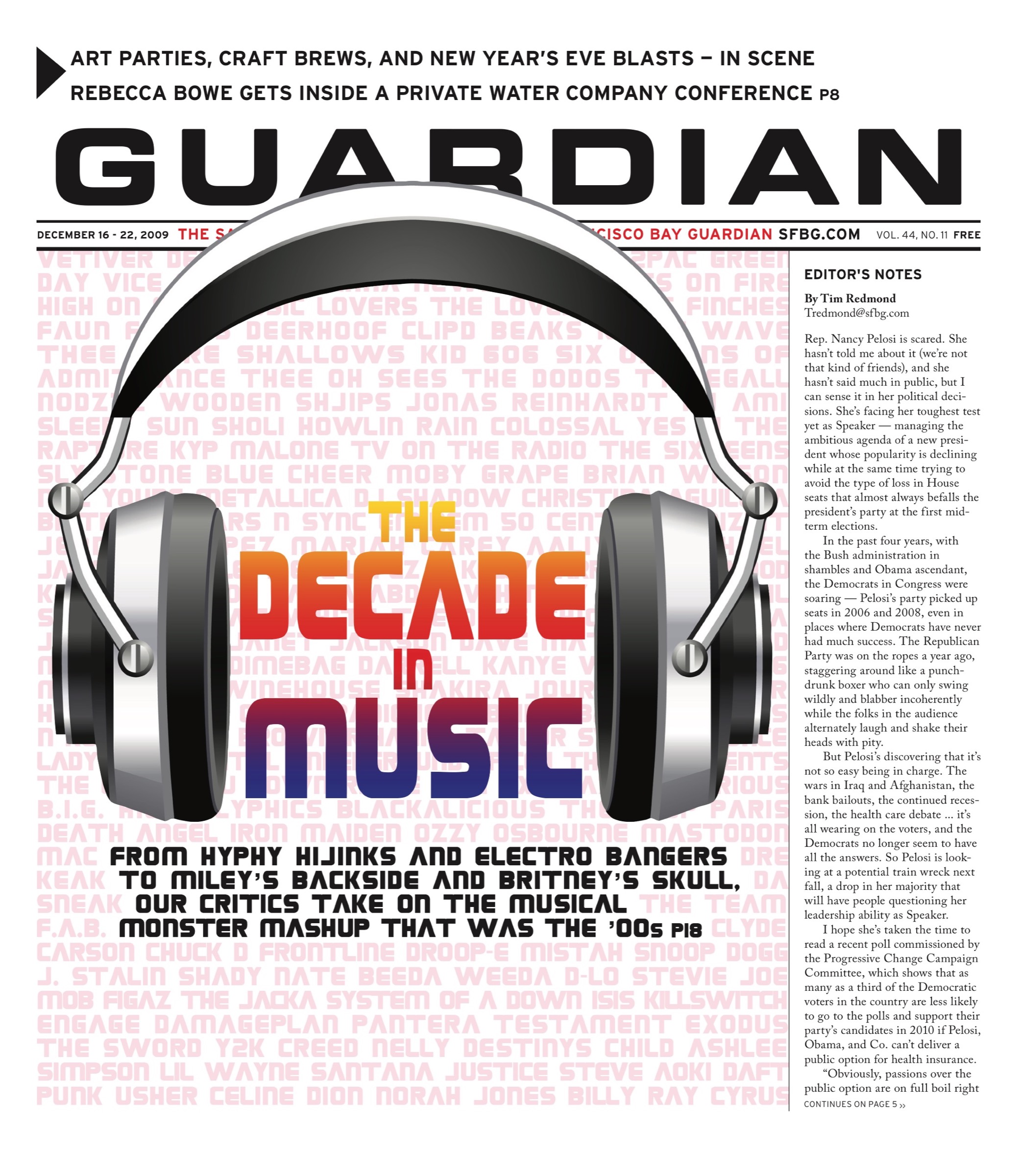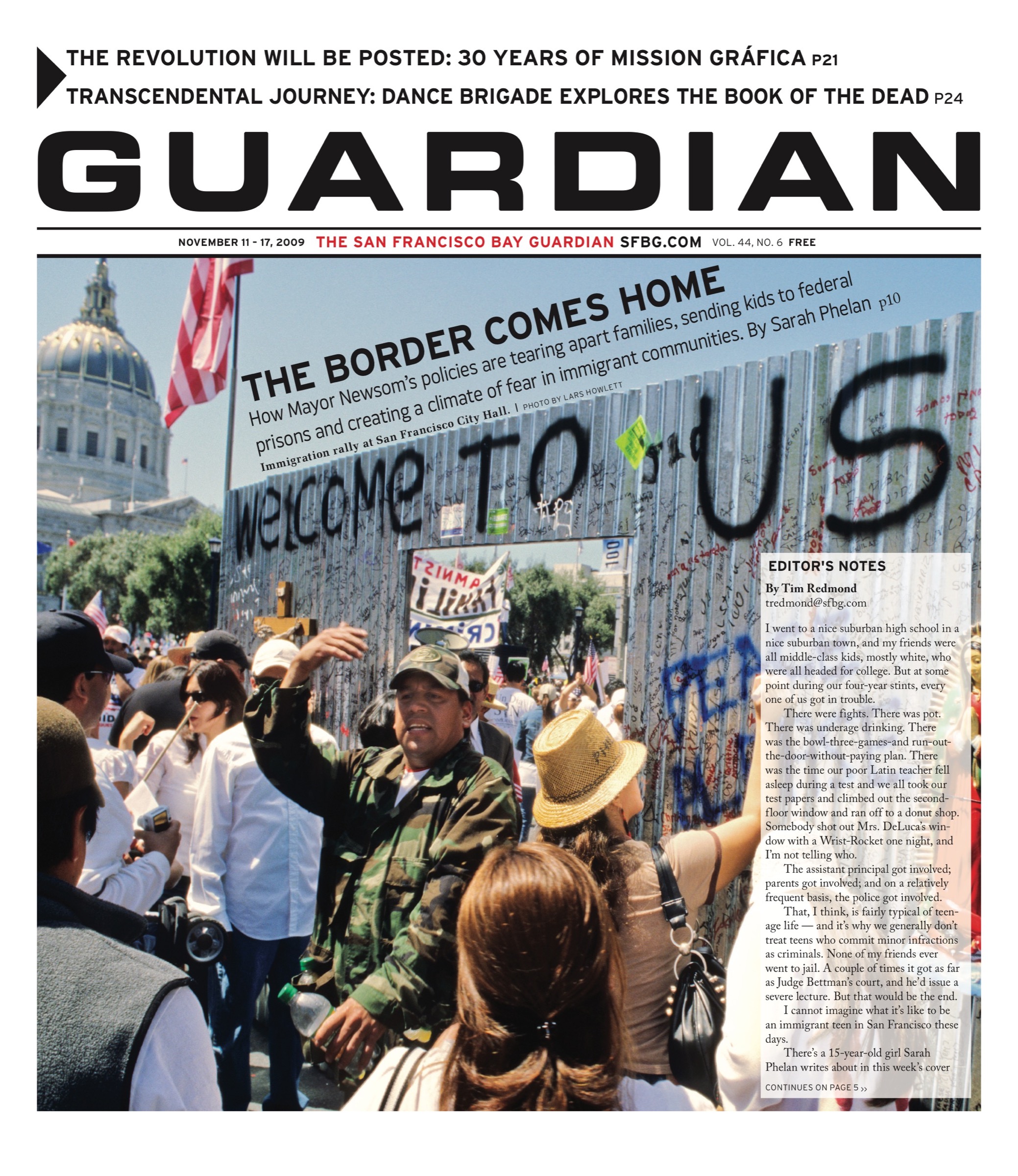As a global treaty designed to protect children around the world celebrated its 20th anniversary last month, the United States found itself in the sole company of Somalia as one of just two countries that still has not implemented the most widely ratified human rights treaty in recorded history.
The United Nations Convention on the Rights of the Child (CRC), available for adoption since 1989, has now been ratified by 193 nations around the world and is seen as a universal guide to helping governments ensure that the basic needs of children are met. Although the Reagan administration played a major role in drafting the convention, experts say it has now been “intentionally misinterpreted” by conservative groups, which claim implementation would threaten American sovereignty and diminish family values.
The convention is set out in 54 Articles and two Optional Protocols and covers four main objectives: nondiscrimination; devotion to the best interests of the child; the right to life, survival and development; and respect for the views of the child. During last year’s presidential campaign, Barack Obama promised to review the treaty, saying: “It is embarrassing to find ourselves in the company of Somalia, a lawless land. It is important that the U.S. return to its position as a respected global leader and promoter of human rights.”
Yet since Obama has been in office, there has been little movement toward ratifying the convention, which sets international standards in the provision of children’s health care, education, and legal, civil, and social services. For children’s rights advocates, this failure of the U.S. to legitimize the rights of the child has resulted in the country’s loss of credibility in the international community.
“It just undermines us internationally as a leader of children’s issues,” said Jo Becker, Advocacy Director for the Children’s Rights division at Human Rights Watch, one of more than 200 organizations partnered to the volunteer-run Campaign for U.S. Ratification of the CRC. “The U.S. is a country that claims to care a lot about children, both nationally and internationally, but it hasn’t ratified a treaty endorsed by virtually every government in the world. It doesn’t make any sense at all.”
But while Meg Gardiner, current chair of the Campaign for U.S. Ratification, acknowledged that the U.S. customarily takes a long time to consider and ratify a treaty of any sort, she noted that implementing the convention is also being delayed by frequently misdirected and misguided concerns from various individuals and organizations.
The CRC is a legally binding treaty, and once the U.S. ratifies the agreement — by getting two-thirds of the Senate to approve it — it is committed to undertake actions and policies to reach the standards it advises. The government must submit a detailed report to the U.N. Committee on the Rights of the Child, which is made up of 18 members from different countries and legal systems, within two years of ratification and every five years thereafter.
The committee reviews the progress of each country’s government, then sends recommendations back to the country in question. Although U.N. officials claim that this is a collaborative process, not one that is antagonistic in form, opposition groups view this as a risk to U.S. self-governance.
“A forum for dialogue is fine, but we absolutely do not support the notion of world government,” John Schlafly, a lawyer at Eagle Forum, a conservative interest group that is campaigning against U.S ratification of the CRC, told the Guardian. “We think America is a self-governing country and that we should make our own laws. Our courts and officials should not be subject to decisions and viewpoints of those in other countries, but remember that our Constitution is our supreme law.”
Quoting Article 6 of the U.S. Constitution — which says that all treaties made under the authority of the United States shall be “the supreme law of the land” — Schlafly said if the CRC is ratified then the U.S will sign away any authority it has over children’s rights, with federal laws being changed to meet the criteria in the CRC.
But Jonathan Todres, an associate professor of law at Georgia State University and coeditor of a book on the CRC and the possible implications of its ratification, told us that’s a “misunderstanding” of the process involved. He said the CRC would almost certainly be ratified as a “non-self-executing treaty.” That means that although the U.S will have to comply with international law, it would not take effect domestically until the U.S. adopts legislation to fulfill treaty obligations.
He added that the United States also has the right to add reservations to the treaty if there are any articles that might conflict with U.S. law. For example, Article 37 of the CRC indicates that no “life imprisonment without possibility of release shall be imposed for offenses committed by persons below 18 years of age,” something that certain states in the U.S still impose.
Despite supporters’ desire for a “magic bullet” that will improve the lives of children in the U.S., they said the treaty will operate as a template for the government to assess how well U.S. law protects children. While Article 24 decrees that “states parties shall strive to ensure that no child is deprived of his or her right of access to … health care services,” ratification will not mean an immediate implementation of universal health care for the 8 million to 9 million children who do not have access to it, campaigners say.
“It in itself can’t change law. It is a road map that informs a dialogue around the way we treat children,” said Vienna Colucci, managing director and senior advisor for policy for Amnesty International. “It is a set of principles for the well-being of children, to help inform national discussions about what they really need to thrive. But any implementation of laws go through the same process any bill would.”
The U.S already has ratified the two Optional Protocols of the Children’s Convention, including the protocol on the sexual exploitation of children and enlisting children as soldiers, strengthening the exploitation protocol by adopting the U.S. Trafficking Victims Protection Act. Todres said this should be used as an example of what ratifying the entire CRC could do.
Many who oppose the CRC fear it will diminish the rights of the parent, such as when it comes to disciplining children. Article 9, which says children can be separated from their parents against their will when “competent authorities subject to judicial review” determine it is in their best interest, is often cited as a loss of parental freedom.
In March of this year Rep. Pete Hoekstra (R-Mich.) put forward a brief Parental Rights Amendment to the CRC, asserting that “the liberty of parents to direct the upbringing and education of their children is a fundamental right,” and deauthorizing the ratification of a treaty that would infringe on such rights.
According to Michael Ramey, spokesman at Parentalrights.org — an organization that claims to “protect children by empowering parents” and an affiliate of the Home School Legal Defense Association — the amendment currently only has six cosponsors in the Senate, a far cry from the two-thirds majority it would need to pass.
“This really is not a question of whether the CRC is all that bad or kind of bad. It is whether it is an improvement for us on what we have now,” he told us. “We already have laws in place against child abuse and neglect in all 50 states and we don’t gain anything by ratifying. None of the good parts of the convention are missing from U.S law.”
However, Todres said the U.S still has child laborers, citing a current bill in Congress that is seeking to strengthen child labor provision related to the agriculture sector. He also reminded opponents that the U.S has a relatively large high school dropout rate, with some U.S children going hungry and hundreds of thousands at risk of sexual exploitation each year.
“Ultimately if one is concerned about the loss of parental authority, then one should look at the text of the CRC itself,” he said, highlighting 19 provisions in the text that stress the role of the parent in the child’s life. “Drafters understood, when ensuring the rights of children, they would be most successful when ensuring the rights of the family too.”
Although there are other articles in the convention that conflict with American law — it prohibits corporal punishment, for example — Linda Elrod, a law professor at Washburn University and supporter of the Campaign for Ratification, said she had not experienced countries receiving “report cards” from the U.N. Committee in the 20 years it had been operating.
“My reason for supporting it is that it is basically a bill of rights for children that says they are people,” she said, stressing how Article 12 in particular gives the child a voice and a way to express it. “We helped draft the U.N. convention and got the rest of the world to adopt that standard. Yes, it gives children rights, but I don’t think this takes away from anyone else’s rights. It just adds a balance.”






